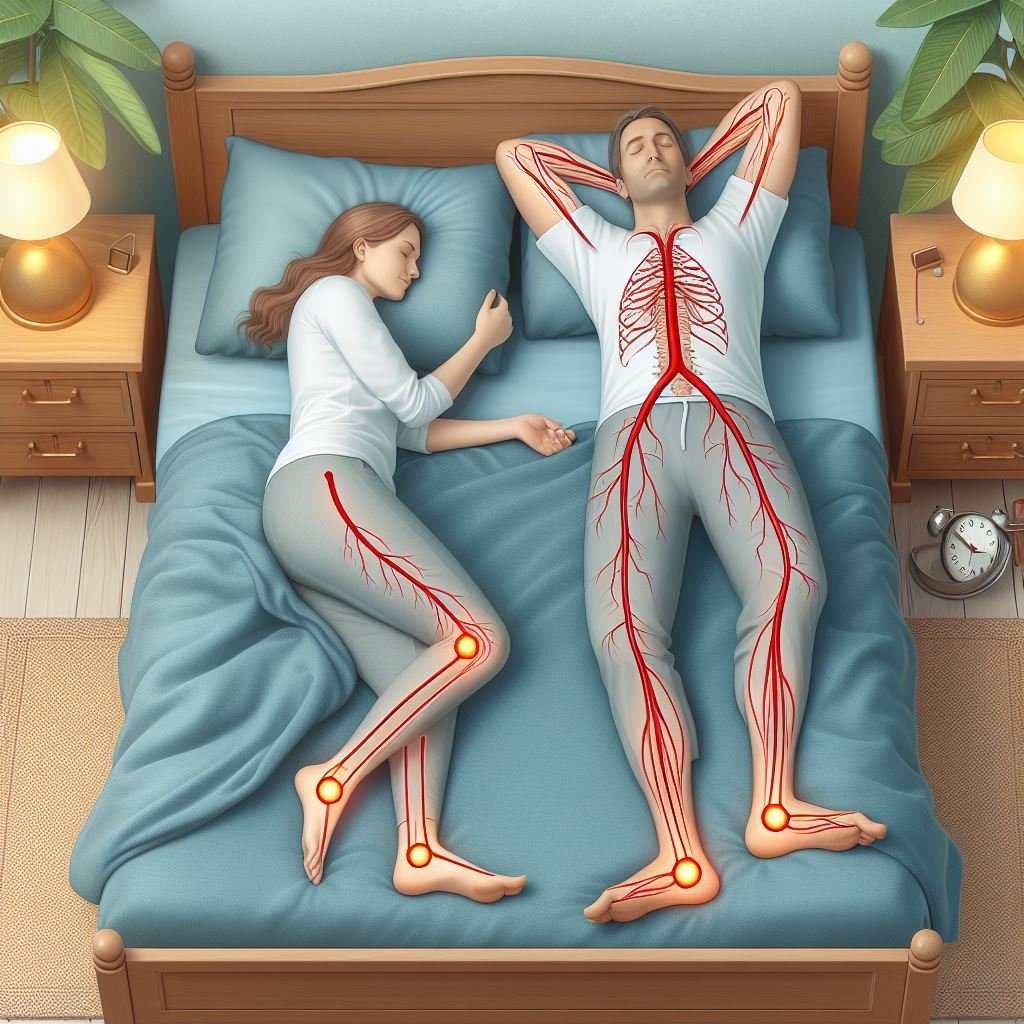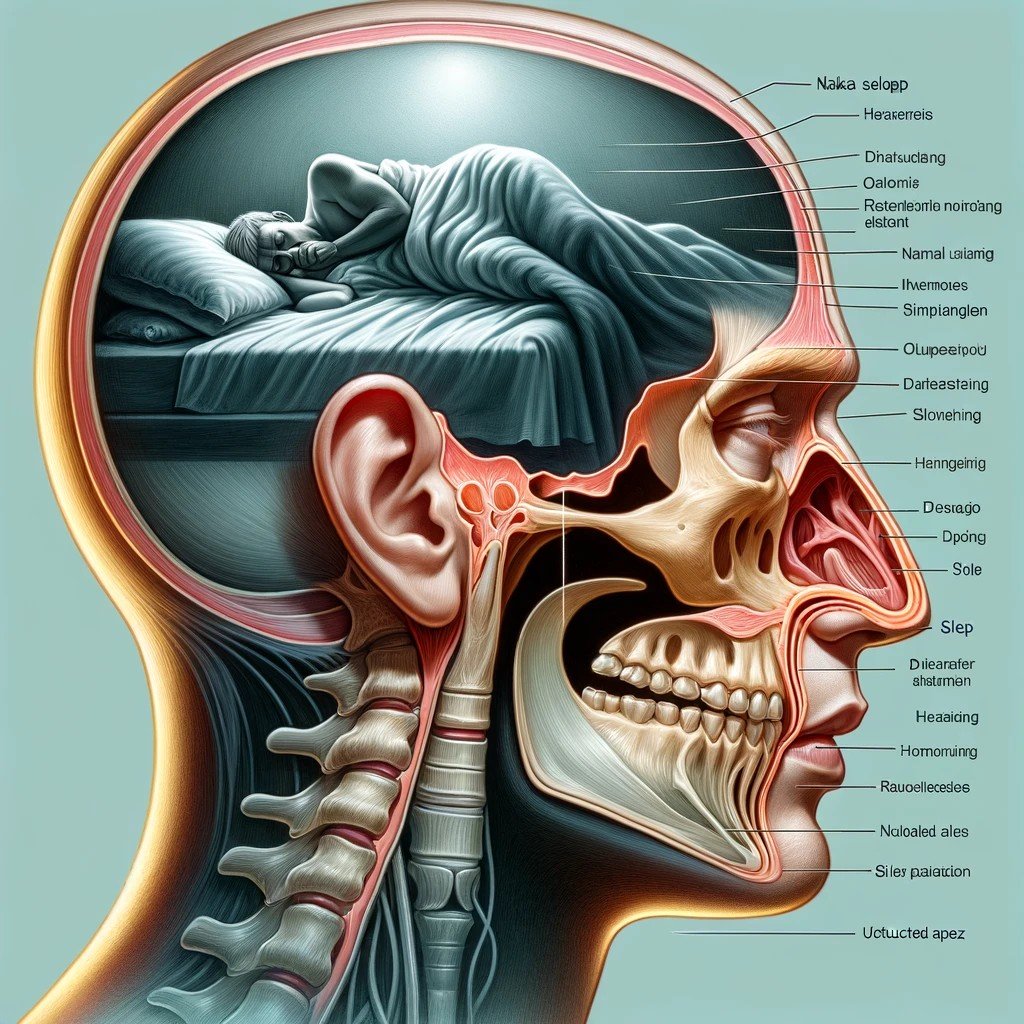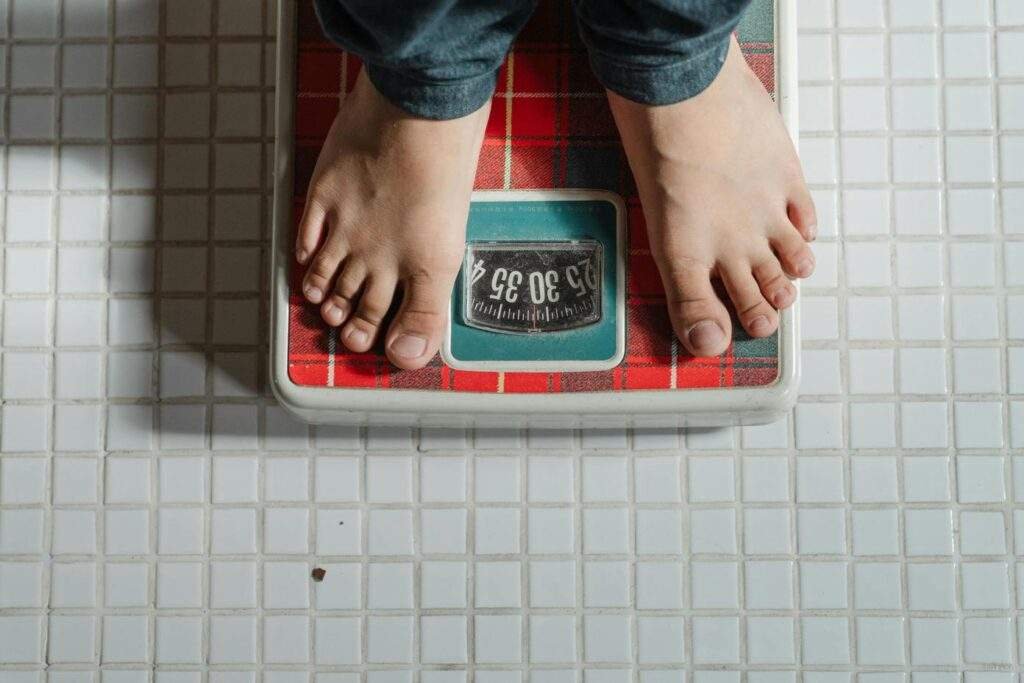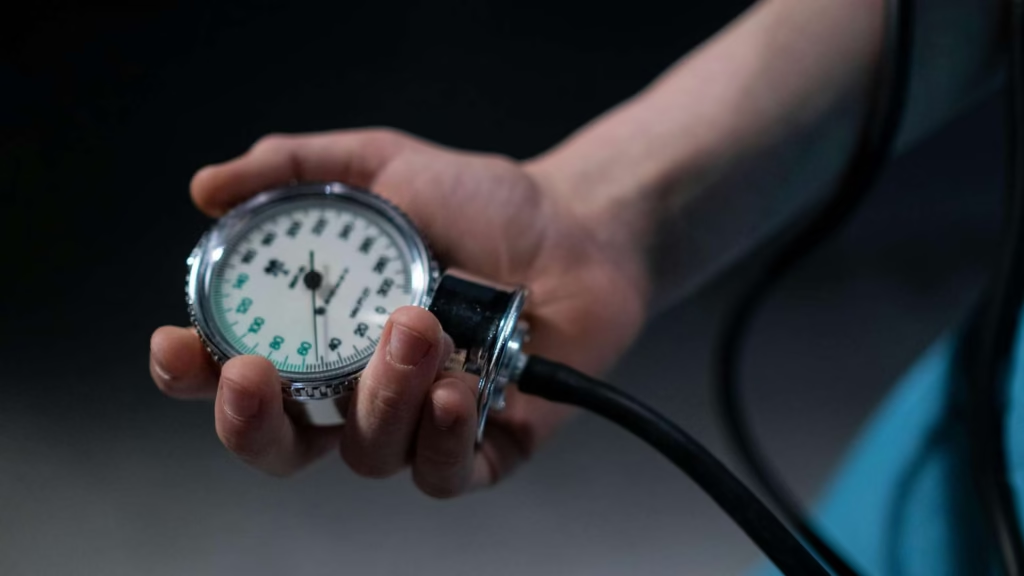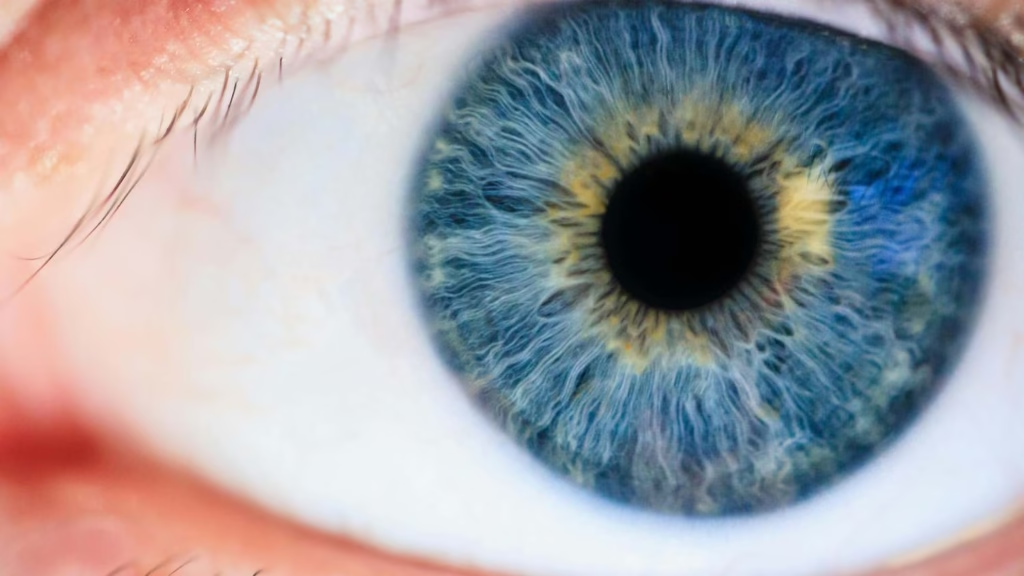Best Sleeping Position For Peripheral Artery Disease
Table of Contents
Introduction
Peripheral Artery Disease (PAD) is a common circulatory problem in which narrowed arteries reduce blood flow to your limbs. If you have PAD, your extremities — usually your legs — don’t receive enough blood flow to keep up with demand. This can cause symptoms like leg pain when walking (claudication).
Managing PAD involves various lifestyle adjustments, and one critical aspect is sleep. Finding the best sleeping position for peripheral artery disease can significantly impact your symptoms and overall quality of life. Proper sleep positions can help improve blood circulation, reduce pain, and prevent complications.
In this blog post, we will explore the best sleeping position for peripheral artery disease, offering practical advice to enhance your sleep quality and manage PAD symptoms more effectively. Whether you’re newly diagnosed or have been managing PAD for years, optimizing your sleep position is a vital step towards better health.
Understanding Peripheral Artery Disease
Peripheral Artery Disease (PAD) is a condition characterized by the narrowing of peripheral arteries, primarily those supplying blood to the legs. This narrowing is typically caused by atherosclerosis, a buildup of fatty deposits (plaque) on the artery walls, which restricts blood flow.
Causes and Risk Factors
PAD commonly develops due to lifestyle factors and underlying health conditions. Major risk factors include smoking, diabetes, high blood pressure, high cholesterol, and a sedentary lifestyle. Age and family history also play significant roles in the development of PAD.
Symptoms and Complications
The most common symptom of PAD is leg pain when walking, known as claudication. This pain occurs because the muscles are not receiving enough blood and oxygen during activity. Other symptoms may include numbness, weakness, coldness in the lower leg or foot, sores that won’t heal, and a change in the color of your legs.
If left untreated, PAD can lead to severe complications, including critical limb ischemia and even amputation. Therefore, managing PAD through lifestyle changes, medication, and sometimes surgical interventions is crucial.
Importance of Proper Sleep for PAD Patients
Understanding PAD helps highlight the importance of proper sleep positions. The best sleeping position for peripheral artery disease can alleviate symptoms and improve circulation during the night. By optimizing your sleep position, you can reduce pain and discomfort, helping you wake up feeling more refreshed and ready to manage your condition effectively.
In the following sections, we’ll delve into the best sleeping position for peripheral artery disease and provide practical tips to help you achieve a restful night’s sleep.
Here are some top selling Amazon Product for healthy heart to consider:
| Product Name | Image | Description | See On Amazon |
|---|---|---|---|
| 1. NutraPro Healthy Heart – Heart Health Supplements. Artery Cleanse & Protect. |  NutraPro Healthy Heart – Heart Health Supplements | Brand: NutraPro Flavor: Unflavored Primary Supplement Type: Vitamin-B Unit Count: 90.00 Count Item Form: Capsule Item Weight: 0.26 Pounds Age Range (Description): Adult Package Information: Bottle Number of Items: 1 Servings per Container: 30 — HEALTHY HEART – Keep your heart performing at its prime with our innovative formula! Support and maintain a healthy heart,artery cleanse and protect. Support strong arteries and improving arterial pressure, healthy heart rhythm and reducing heart palpitation. Know More… |  |
| 2. Heart Health Blood Pressure Support Supplement | 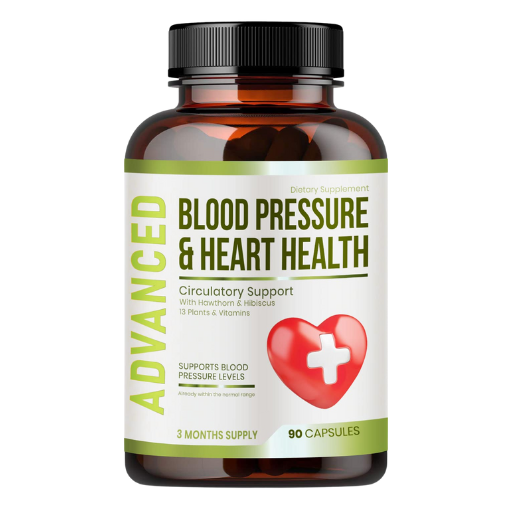 Heart Health Blood Pressure Support Supplement | Brand: NutraPro Unit Count: 90.00 Count Item Form: Capsule Item Weight: 0.04 Pounds Special Ingredients: Hibiscus, Hibiscus. vitamins Age Range (Description): Adult Package Information: Bottle Number of Items: 1 Dosage Form: Capsule Material Feature: GMO Free, Natural — HEART VITAMINS FOR HEALTHY HEART- Natural herbs & heart vitamins as hawthorn berry extract, olive leaf, green tea leaf, garlic powder will help improving your blood circularity and support heart health. Know More… |  |
| 3. NutraPro Blood Pressure Supplements – Healthy Heart, Cholesterol Level, Blood Pressure Support.with Hawthorn.Blood Pressure Pills for Natural Anti-Hypertension and Remain in BP Zone.90 Capsules. | 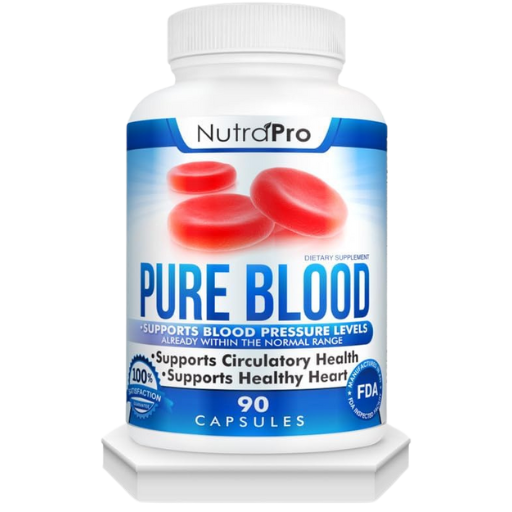 NutraPro Blood Pressure Supplements | Brand: NutraPro Flavor: Juniper Primary Supplement Type: Vitamin-B Unit Count: 90 Count Item Form: Capsule Item Weight: 0.1 Kilograms Age Range (Description): Adult Package Information: Bottle Number of Items: 1 Dosage Form: Capsule — HEALTHY HEART SUPPORT – Potent herbs provide a safe and natural alternative to blood pressure pills. NutraPro Pure Blood supports healthy blood pressure, cholesterol balancing, and supports healthy kidneys. Know More… |  |
| 4. Nature Made Fish Oil Supplements 1200 mg |  Nature Made Fish Oil Supplements 1200 mg | Brand : Nature Made Flavor: fish Primary Supplement Type: Fish Oil Unit Count: 150 Count Item Form: Softgel Item Weight: 0.61 Pounds Item dimensions: L x W x H 3.13 x 3.13 x 5.75 inches Special Ingredients: Fish Oil Diet Type: Gluten Free — Product Benefits: Supportive but not conclusive research shows that consumption of EPA and DHA omega-3 fatty acids may reduce the risk of coronary heart disease #1 Pharmacist Recommended Omega-3/Fish Oil Brand* United States Pharmacopeia (USP) Verified Purified to remove mercury▲ Supportive but not conclusive research shows that consumption of EPA and DHA omega-3 fatty acids may reduce the risk of coronary heart disease #1. Know More… |  |
| 5. Healthy Heart, Healthy Brain: The Personalized Path to Protect Your Memory | 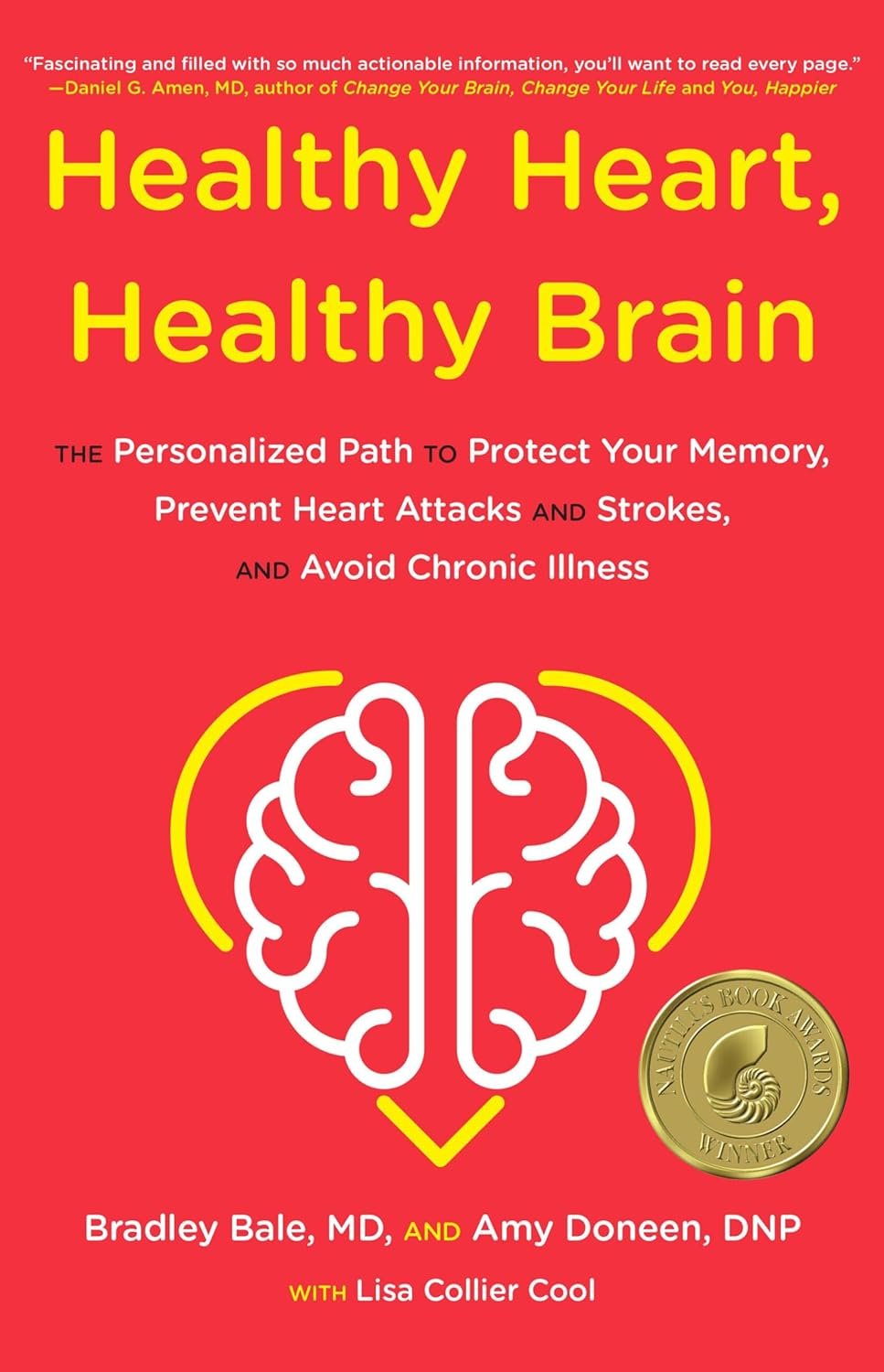 Healthy Heart, Healthy Brain: The Personalized Path to Protect Your Memory | Boost your cardiovascular health, optimize your mental strength, and prevent and reverse arterial disease with this personalized plan from the founders of the renowned Heart Attack & Stroke Prevention Center –– “You’ll want to read every page” Know More… |  |
The Importance of Sleep for PAD Patients
Quality sleep is essential for everyone, but it is particularly crucial for individuals with Peripheral Artery Disease (PAD). Adequate rest is vital for the body’s repair and recovery processes, and it plays a significant role in managing PAD symptoms and improving overall health. Understanding the importance of sleep and finding the best sleeping position for peripheral artery disease can make a substantial difference in your daily life.
How Sleep Affects PAD
Sleep is the time when your body repairs damaged tissues and promotes healing. For PAD patients, proper circulation during sleep is crucial. Poor blood flow can lead to increased pain and discomfort, disrupting your rest and exacerbating symptoms. Therefore, ensuring you sleep well directly impacts your ability to manage PAD effectively.
Impact of Sleep on Circulation
Good sleep improves circulation, which is essential for PAD patients. During deep sleep, your heart rate and blood pressure drop, allowing your body to focus on healing and restoring blood flow. The best sleeping position for peripheral artery disease can enhance this process by promoting optimal blood flow to your extremities, reducing the risk of complications.
Reducing PAD Symptoms Through Better Sleep
Proper sleep can help reduce PAD symptoms such as leg pain, cramps, and fatigue. By finding and maintaining the best sleeping position for peripheral artery disease, you can minimize nighttime discomfort and prevent the worsening of symptoms. This leads to a more restful night’s sleep and better daytime energy levels.
Enhancing Overall Health
Sleep affects many aspects of health, including immune function, cognitive performance, and emotional well-being. For PAD patients, these benefits are especially important. Better sleep quality means a stronger immune system, sharper mental faculties, and improved mood, all of which contribute to better management of PAD.
In summary, prioritizing sleep and finding the best sleeping position for peripheral artery disease are essential steps in managing your condition. In the next section, we’ll explore the recommended sleeping positions and provide tips on how to achieve them for a more comfortable and healthful night’s rest.
Best Sleeping Position for Peripheral Artery Disease
Finding the best sleeping position for peripheral artery disease can significantly improve your sleep quality and alleviate symptoms such as leg pain and discomfort. While individual preferences may vary, certain positions can help optimize blood flow and reduce pressure on affected limbs. Here are some recommended sleeping positions for PAD patients:
1. Elevated Legs Position
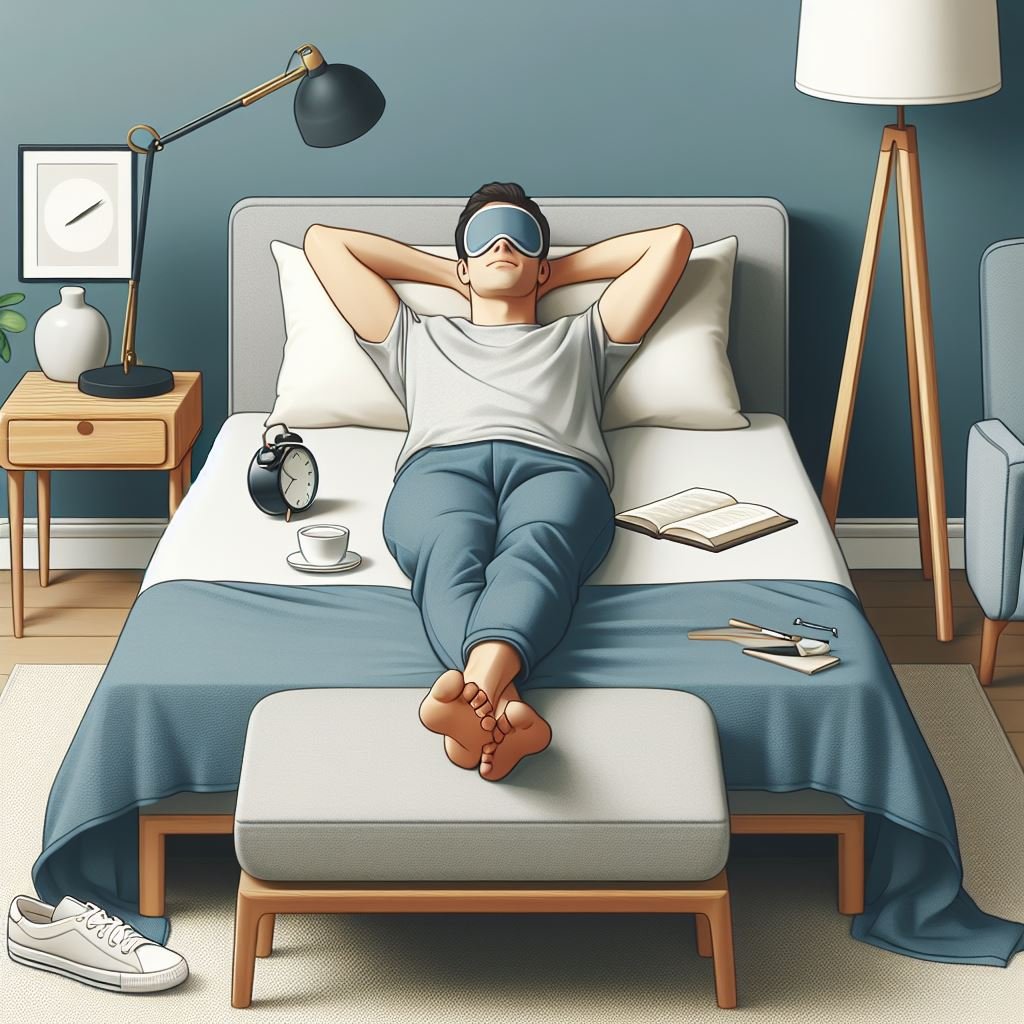
Elevating your legs while sleeping can enhance blood circulation and reduce swelling in the lower extremities. Place pillows or cushions under your legs to elevate them slightly above heart level. This position helps alleviate pressure on the arteries, promoting better blood flow to the legs.
2. Side Sleeping Position
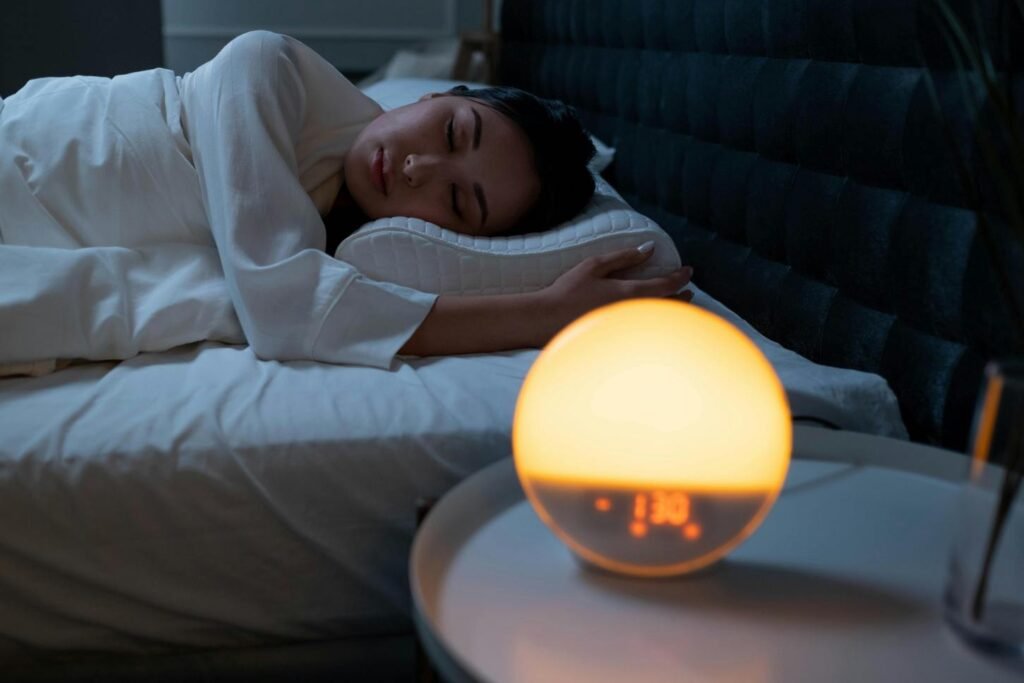
Sleeping on your side, particularly the left side, can improve blood flow to the heart and reduce pressure on the blood vessels in the legs. Use a pillow between your knees to keep your spine aligned and prevent strain on your hips and lower back. This position can also alleviate snoring and sleep apnea, improving overall sleep quality.
3. Semi-Fowler’s Position
The semi-Fowler’s position involves sleeping on your back with your upper body elevated at a slight angle. Prop yourself up with pillows or a bed wedge to keep your head and shoulders raised. This position helps reduce pressure on the chest and abdomen, making it easier for blood to flow throughout the body.
Tips for Maintaining the Best Sleeping Position
- Use supportive pillows or wedges to maintain your chosen sleeping position throughout the night.
- Experiment with different positions to find what works best for you and provides the most relief from PAD symptoms.
- Avoid sleeping on your stomach, as this can restrict blood flow and put strain on your neck and spine.
- Maintain good sleep hygiene practices, such as keeping your bedroom cool, dark, and quiet, to promote restful sleep.
By incorporating these recommended sleeping positions into your nightly routine, you can optimize blood flow, reduce discomfort, and enjoy a more restful sleep experience. However, if you continue to experience persistent symptoms or have difficulty finding a comfortable sleeping position, consult with your healthcare provider for personalized advice and treatment options.
How to Adjust Your Sleeping Position
Adjusting your sleeping position to accommodate peripheral artery disease (PAD) can be instrumental in improving blood flow and reducing discomfort during sleep. Here are some practical tips to help you find and maintain the best sleeping position for peripheral artery disease:
1. Experiment with Different Positions
Try different sleeping positions to see which one provides the most relief from PAD symptoms. Elevating your legs, sleeping on your side, or using a semi-Fowler’s position are common options. Pay attention to how each position affects your comfort and circulation.
2. Use Supportive Pillows or Wedges
Supportive pillows or wedges can help you maintain your chosen sleeping position throughout the night. Place pillows under your legs to elevate them, between your knees while side sleeping, or behind your back to keep your upper body elevated in a semi-Fowler’s position.
3. Invest in Specialized Bedding
Consider investing in specialized bedding designed to support proper sleep posture and circulation. Bed wedges, adjustable beds, or orthopedic pillows can provide added comfort and support, making it easier to maintain the best sleeping position for peripheral artery disease.
4. Gradually Transition to New Positions
If you’re accustomed to sleeping in a certain position, transitioning to a new one may take time. Gradually introduce changes by starting with small adjustments and gradually increasing elevation or angle until you find a comfortable position that works for you.
5. Listen to Your Body
Pay attention to how your body responds to different sleeping positions. If you experience discomfort or difficulty breathing in a particular position, adjust accordingly. Your comfort and well-being should always be the top priority.
6. Consult with Your Healthcare Provider
If you’re struggling to find a comfortable sleeping position or experiencing persistent symptoms despite adjustments, consult with your healthcare provider. They can offer personalized advice and may recommend additional treatments or interventions to improve sleep quality and manage PAD symptoms effectively.
By implementing these tips and techniques, you can adjust your sleeping position to better accommodate peripheral artery disease, promote optimal blood flow, and enjoy a more restful night’s sleep. Remember to be patient and persistent in finding the position that works best for you, and don’t hesitate to seek professional guidance if needed.
Best sleeping position for peripheral artery disease : Additional Tips
In addition to finding the best sleeping position for peripheral artery disease, there are several additional tips and strategies that can help improve sleep quality and manage symptoms effectively:
1. Maintain a Consistent Sleep Schedule
Stick to a regular sleep schedule by going to bed and waking up at the same time each day, even on weekends. Consistency helps regulate your body’s internal clock and promotes better sleep quality.
2. Create a Relaxing Bedtime Routine
Establish a calming bedtime routine to signal to your body that it’s time to wind down. This could include activities such as reading, taking a warm bath, or practicing relaxation techniques like deep breathing or meditation.
3. Keep Your Bedroom Comfortable
Create an optimal sleep environment by keeping your bedroom cool, dark, and quiet. Invest in blackout curtains, earplugs, or white noise machines to minimize disruptions and promote restful sleep.
4. Limit Stimulants Before Bed
Avoid consuming stimulants such as caffeine, nicotine, and alcohol in the hours leading up to bedtime. These substances can interfere with sleep quality and exacerbate PAD symptoms.
5. Stay Active During the Day
Engage in regular physical activity during the day to promote circulation and improve overall health. However, avoid vigorous exercise close to bedtime, as it may interfere with sleep.
6. Manage Stress and Anxiety
Practice stress-reducing techniques such as mindfulness, yoga, or progressive muscle relaxation to alleviate tension and promote relaxation before bedtime. Managing stress can help improve sleep quality and reduce PAD symptoms.
7. Monitor Your Diet
Maintain a balanced diet rich in fruits, vegetables, whole grains, and lean proteins. Avoid heavy meals, spicy foods, and excessive fluid intake close to bedtime, as these can disrupt sleep and exacerbate symptoms.
8. Use Compression Therapy
Consider using compression stockings or sleeves during the day to improve circulation in your legs and reduce swelling. Consult with your healthcare provider to determine the appropriate compression level and fit for your needs.
By incorporating these additional tips into your daily routine, you can further enhance sleep quality, manage PAD symptoms, and improve overall well-being. Remember to prioritize self-care and seek professional guidance if you continue to experience persistent sleep issues or worsening symptoms.
You may Also Like: The Ultimate Guide to Choosing the Best Sleep Apnea Pillow
Potential Risks of Improper Sleeping Positions
While finding the best sleeping position for peripheral artery disease is crucial for managing symptoms and promoting better sleep quality, improper sleeping positions can pose risks and exacerbate PAD-related issues. Here are some potential risks associated with improper sleeping positions:
1. Reduced Blood Flow
Sleeping in positions that constrict blood flow to the extremities can worsen symptoms of peripheral artery disease. Restricted circulation during sleep can lead to increased pain, numbness, and discomfort in the legs and feet, making it difficult to achieve restful sleep.
2. Increased Risk of Complications
Improper sleeping positions can increase the risk of complications such as blood clots, pressure sores, and nerve damage. Prolonged pressure on certain areas of the body can impair circulation and lead to tissue damage, particularly in individuals with compromised blood flow due to PAD.
3. Disrupted Sleep Patterns
Sleeping in uncomfortable or unsupported positions can disrupt sleep patterns and contribute to insomnia or sleep disturbances. Poor sleep quality can further exacerbate PAD symptoms and impact overall health and well-being.
4. Aggravation of Existing Conditions
Certain sleeping positions, such as sleeping on the stomach or in a twisted position, can exacerbate existing health conditions such as back pain, neck pain, and joint stiffness. These issues can further disrupt sleep and worsen symptoms of peripheral artery disease.
5. Compromised Respiratory Function
Some sleeping positions, particularly those that involve lying flat on the back, can contribute to snoring, sleep apnea, and other respiratory issues. These breathing problems can interfere with sleep quality and exacerbate symptoms of PAD, such as fatigue and daytime drowsiness.
6. Increased Discomfort and Restlessness
Sleeping in uncomfortable positions can increase discomfort and restlessness during the night, leading to frequent tossing and turning. This can prevent you from achieving deep, restorative sleep and leave you feeling tired and unrefreshed in the morning.
When to Consult a Healthcare Professional
While finding the best sleeping position for peripheral artery disease can greatly improve sleep quality and symptom management, there are instances where consulting a healthcare professional is necessary. Here are some signs that indicate it’s time to seek medical advice:
1. Persistent Symptoms
If you continue to experience persistent symptoms of peripheral artery disease, despite adjusting your sleeping position and implementing other lifestyle changes, it may be time to consult a healthcare professional. Persistent leg pain, numbness, weakness, or swelling could indicate underlying issues that require medical attention.
2. Difficulty Finding a Comfortable Position
If you’re having difficulty finding a comfortable sleeping position that alleviates symptoms of peripheral artery disease, a healthcare professional can offer personalized guidance and recommendations. They can assess your individual needs and provide tailored advice to help you achieve better sleep quality and symptom management.
3. Worsening Symptoms
If your symptoms of peripheral artery disease are worsening over time, it’s essential to consult a healthcare professional promptly. Worsening symptoms could indicate disease progression or complications that require medical intervention. A healthcare provider can assess your condition, perform any necessary tests, and recommend appropriate treatment options.
4. Concerns About Sleep Apnea
If you experience symptoms of sleep apnea, such as loud snoring, gasping for air during sleep, or excessive daytime fatigue, it’s crucial to consult a healthcare professional for evaluation and management. Sleep apnea can exacerbate symptoms of peripheral artery disease and increase the risk of complications.
5. Need for Specialized Treatment
In some cases, individuals with peripheral artery disease may require specialized treatment or interventions to manage symptoms effectively. A healthcare professional can assess your condition and recommend appropriate treatments, such as medication, physical therapy, or surgical procedures, to address underlying issues and improve sleep quality.
Conclusion
Finding the best sleeping position for peripheral artery disease is essential for managing symptoms and improving sleep quality. By experimenting with different positions, using supportive pillows or wedges, and consulting with healthcare professionals when needed, individuals with PAD can optimize their sleep and overall well-being.

